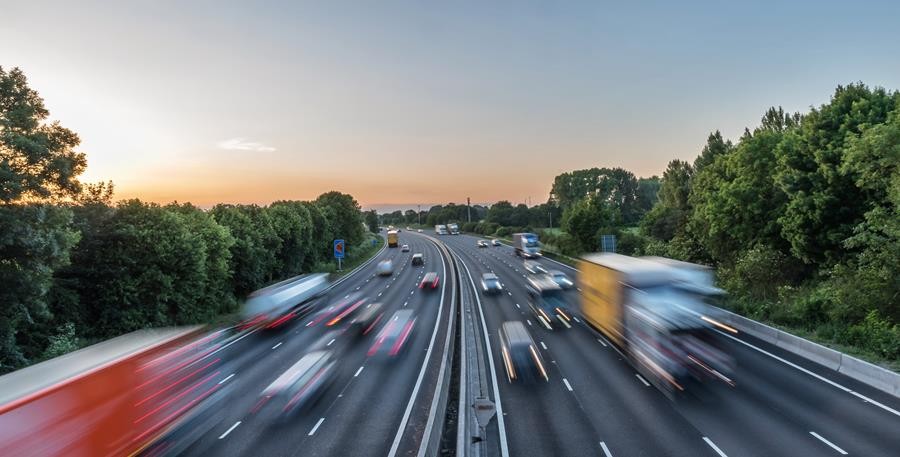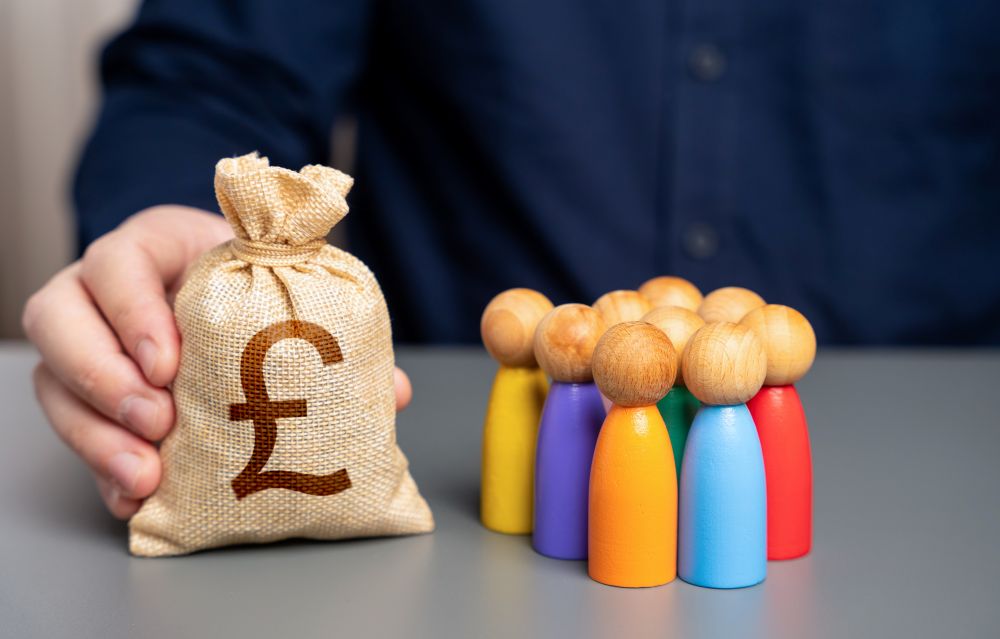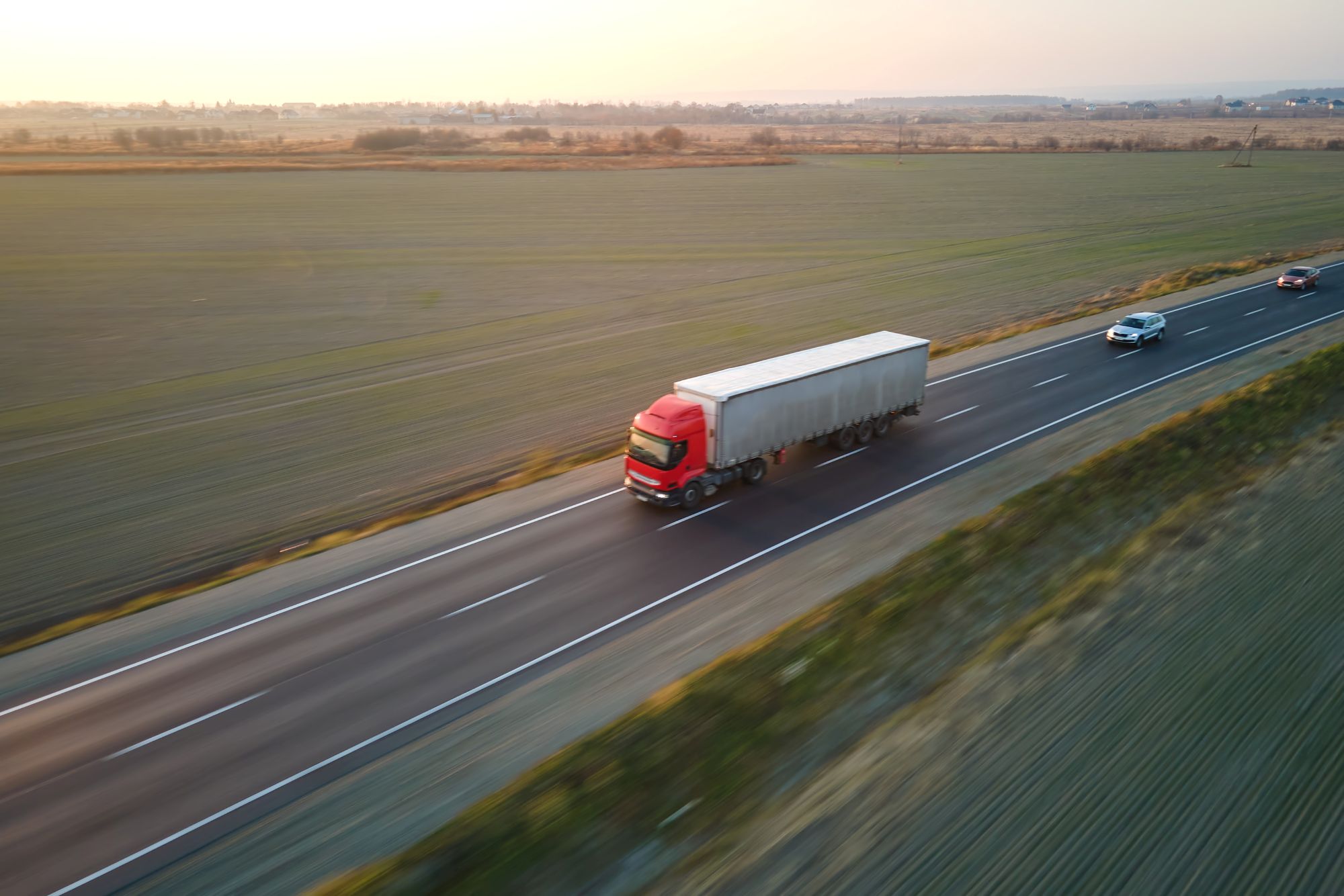
Susie Jones
Шлях до сталого розвитку: Європейський виклик щодо викидів у транспортному секторі
Створено: 08.08.2024
•
Оновлено: 08.08.2024
Звіт Clean Technica за 2024 рік показав, що понад 25% викидів від дорожнього руху припадає на транспортний сектор в Європі, причому на великовантажні автомобілі припадає 85% викидів (решту становлять автобуси та міжміські автобуси).
За нинішніх темпів лише на транспортний сектор припадатиме майже половина європейських викидів парникових газів у 2030 році - з 1990 року транспортні викиди в Європі продовжують зростати більш ніж на чверть. Викиди по всій економіці зменшилися, але після піку в 2007 році транспортний сектор декарбонізувався більш ніж втричі повільніше (https://www.transportenvironment.org/articles/europes-transport-sector-set-to-make-up-almost-half-of-the-continents-emissions-in-2030)r, ніж решта економіки.
Що є причиною зростання викидів CO2 в галузі вантажних перевезень?
З поширенням електронної комерції та послуг доставки додому попит на більшу кількість вантажівок на дорогах значно зріс. Як наслідок, збільшення попиту призвело до зростання викидів CO2 в транспортній галузі.
Звіт [Clean Technica] (https://cleantechnica.com/2024/05/13/eu-wisely-stiffens-road-freight-passenger-emissions-guidance/) щодо тоннажу внутрішніх вантажних перевезень різними видами транспорту (автомобільним, залізничним і водним) показав, що в Європі автомобільні перевезення переважають над залізничними та водними порівняно з іншими географічними регіонами (США та Індією). Хоча Китай більше покладається на автомобільні вантажоперевезення, звіт показав, що країна використовує близько 600 000 електричних вантажівок для доставки товарів.

Які плани існують в Європі щодо скорочення викидів CO2?
Європейський парламент прийняв [Європейський кліматичний закон] (https://climate.ec.europa.eu/eu-action/european-climate-law_en#:~:text=The%20European%20Climate%20Law%20writes,2030%2C%20compared%20to%201990%20levels.) для боротьби зі зростаючими викидами CO2. В рамках цього закону ціль ЄС щодо скорочення чистих викидів парникових газів до 2030 року була збільшена щонайменше до 55%, що робить кліматичну нейтральність до 2050 року юридично обов'язковою.
У травні 2024 року країни ЄС схвалили закон про скорочення викидів CO2 вантажівками. Новий закон вимагатиме від нових великовантажних автомобілів, що продаватимуться в ЄС з 2040 року, не мати викидів СО2, а до того ж року - скоротити викиди СО2 від нових вантажівок на 90%. Виробники повинні продавати велику кількість повністю безвуглецевих вантажівок - наприклад, електричних і водневих - щоб компенсувати решту продажів автомобілів з викидами СО2.
Які заходи можуть вжити керівники автопарків для скорочення викидів CO2?
Керівники автопарків можуть вжити заходів для скорочення викидів CO2:
Різке гальмування, швидке прискорення і холостий хід можуть збільшити витрату палива і викиди парникових газів - Хоча моніторинг поведінки водія може бути складним завданням, технологія штучного інтелекту може забезпечити безперервний зворотний зв'язок з водіями і менеджерами автопарку. Дізнайтеся більше про те, як [ШІ може позитивно вплинути на сталий розвиток] (https://www.linkedin.com/pulse/ai-its-impact-sustainability-haulage-industry-snap-account-e9o9e/?trackingId=uKlPhDPHQcOVRjFkVc1iFQ%3D%3D) в галузі перевезень.
Автопарки зі старими автомобілями можуть перейти на гідроочищену рослинну олію (HVO), водень або електромобілі, щоб значно скоротити викиди. Однак керівники автопарків повинні враховувати відстань, на яку можуть проїхати автомобілі на альтернативному паливі, а також їхні фінансові наслідки.
[SNAP Account] (https://snapacc.com/) дозволяє менеджерам автопарків скоротити об'їзний пробіг - завдяки більш ніж 600 сервісним партнерам, доступним для клієнтів SNAP Account, менеджери автопарків можуть планувати нічні зупинки для своїх водіїв на маршруті.
Чи існує інфраструктура для зарядки електричних вантажівок?
Згідно з дослідженням [PwC] (https://www.strategyand.pwc.com/de/en/industries/transport/the-dawn-of-electrified-trucking.html), до 2030 року третина всіх вантажівок в Європі будуть електричними. Оскільки автотранспортні компанії роблять кроки в напрямку електрифікації, зупинки для вантажівок по всій Європі повинні бути здатні задовольнити попит на електричні зарядні станції.
Забезпечення інфраструктури коштуватиме багатьом автостоянкам і станціям технічного обслуговування вантажівок. Однак ті, хто вже встановив зарядні пристрої для електромобілів, мають всі шанси скористатися перевагами майбутніх хвиль електричних вантажівок. До 2030 року кількість громадських зарядних станцій в Європі зросте до понад 3,600 - ЄС висунув амбітний закон про зарядні станції з Регламентом інфраструктури альтернативного палива (AFIR). AFIR планує обладнати основну мережу доріг зарядними пулами через кожні 60 км, що забезпечить достатню кількість зарядної енергії та водневих потужностей для того, щоб до 2030 року 9% парків вантажівок та міжміських автобусів були без викидів.
Яка європейська країна має найбільші викиди CO2?
У 2021 році Німеччина, Франція та Італія були відповідальними за найбільші загальні викиди парникових газів (ПГ) - від [375 000 до 740 000 тис. тонн CO2] (https://ccpi.org/which-european-countries-are-the-worst-climate-polluters-and-why/). Однак країни з більшим населенням виробляють більше викидів парникових газів - тому перегляд загальних викидів парникових газів дає викривлену картину.
Неупереджений погляд на викиди дає іншу картину - Люксембург, Ірландія та Чеська Республіка виробили найбільше викидів на душу населення в ЄС у 2021 році.
Який спосіб транспортування товарів є найбільш екологічно чистим?
Перевезення вантажів залізницею є одним з найчистіших видів транспорту, але він також має й інші переваги:
Зменшує затори на дорогах, що сприяє покращенню якості повітря.
Залізниця пропонує швидший спосіб транспортування товарів і усуває важкі транспортні перешкоди.
Вантажівки на альтернативному паливі - ще один екологічно чистий спосіб транспортування товарів. Гідроочищена рослинна олія (HVO) може негайно скоротити до 90% викидів парникових газів у порівнянні зі стандартним дизельним паливом протягом усього життєвого циклу продукту. Certas Energy HVO стоїть за переходом на чистішу альтернативу, допомагаючи бізнесу досягти своїх цілей сталого розвитку та зробити значущі кроки на шляху до майбутнього з нульовими викидами.



